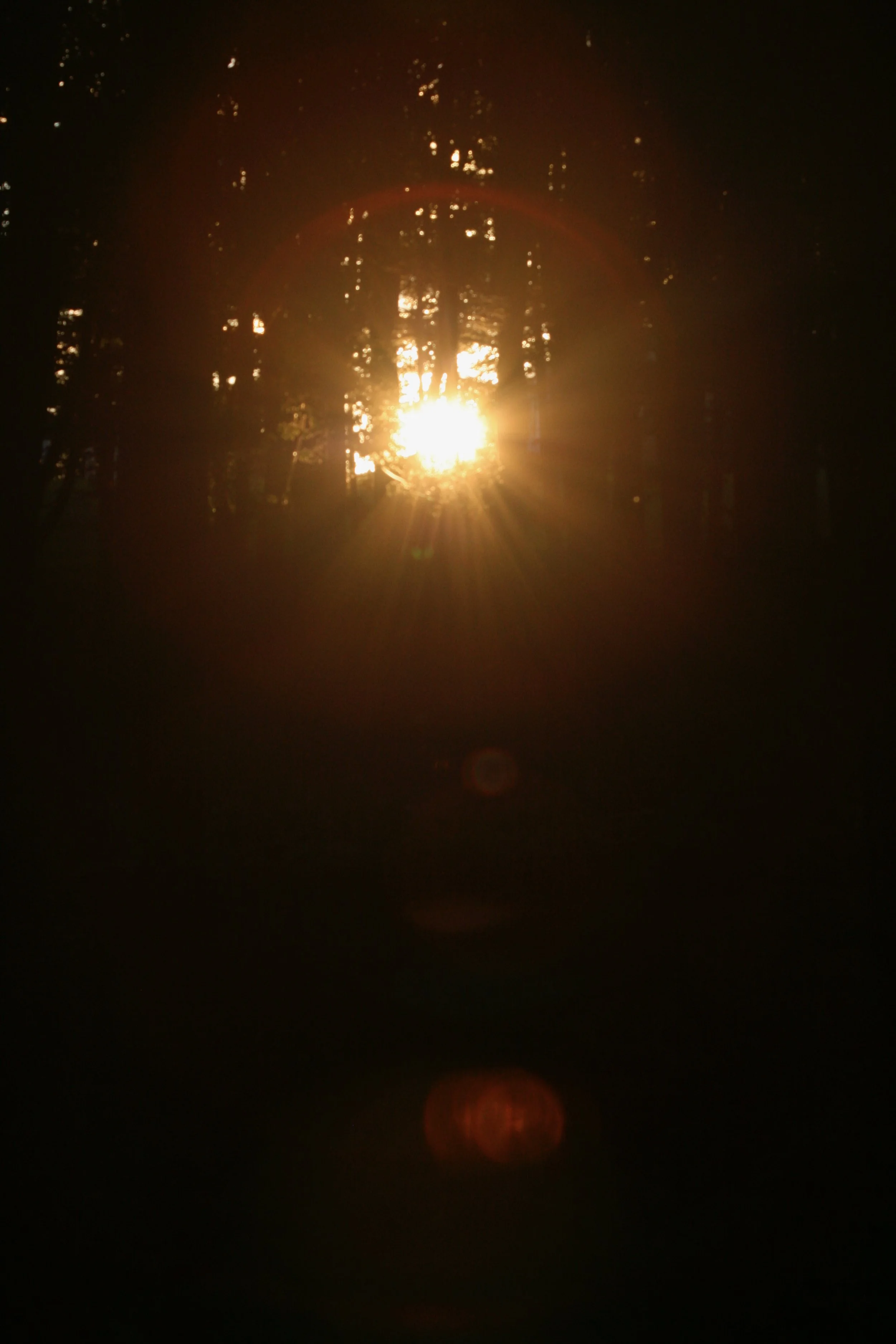Fire - The stars that guide us and the hearth that holds us
Looking at how the essential elements on this beautiful planet can help us respond to these tumultuous times. This is the second in a series on visiting the elements. The last post explored Air; today I’ll be musing on Fire.
Perhaps humanity's earliest technological advance was the ability to harness the power of Fire. Stealing the element of Fire for the benefit of humanity is a narrative found across cultures, from Prometheus in Greek mythology to Māui in Polynesian stories. In Cherokee myth, Grandmother Spider snuck into the land of Light and took some Fire away in her net. Coyote, Beaver, Dog, Rabbit, Crow, and Possum are all credited with stealing Fire and bringing it to humans. All of these stories hold a deep respect for the power of Fire — There is heroic sacrifice and divine punishment. In each, the transformative power of Fire advances human progress and brings unintended consequences.
The forge is one of the earliest technologies for capturing Fire. When we make use of metal, we are benefiting from the captured Fire in the forge. Smiths learned to temper and form bronze using Fire. Warriors have made use of Fire to create the sword, the dagger, the shield. In this century, we have advanced to developing explosive firepower and nuclear technology that requires a degree of responsibility we have not yet evolved far enough to fully accept. As the stories that have come down through the ages have shown us, Man is compelled by the power of Fire. He plays with Fire at his great benefit and his peril.
In the feminine narratives, women tend Fires. Whenever we cook or warm our homes we are working with the transformative power of Fire that was captured for our benefit. Hestia is the powerful and now lesser-known Goddess of the Hearth in Greek and Roman mythology. The hearth is a fundamental placeholder for the Fire that benefits humanity. Before we invented Fire starters, we had to keep the Fire burning so as not to lose the transformational power of this element. The hearth is a warm and inviting place that is the sacred center of the Home and Temple in many traditions. A place where what we value and care about is kept burning.
Fire helps us stay true to our vision and purpose through its magnetic quality in the heart of our homes and the warmth in our beings. The affirming warmth and support of home. The Fire in our belly. Fire also assists us with developing vision and purpose through the inspiration of light in the heavens. The stars help us to stay on course. Fire in the heavens inspires us to reach beyond our small selves. Illuminating the vast possibility that is beyond Earth's atmosphere and our imaginations.
It is no wonder that in our achievement-oriented culture, we privilege this element above all. We must have “fire in our belly” and “guiding stars” to achieve our longings and callings
Fire Practices
Create a hearth fire in your backyard and invite people to gather around it. Notice what happens in the space around the Fire. Consider the lineage of humans to which you belong who have been gathering around Fires in this way for millennia.
Show up for the moment that the sun rises and or sets during the solstice. What occurs in that moment inside you and around you? Consider that human architects have been orienting around this moment in time cross-culturally for millennia. Stonehenge, Machu Picchu, Hovenweep . . .
"Barn's burned down,
Now I can see the moon.”
Masahide (often attributed to Basho)
And looking to the Fire Masahide alludes to in his famous poem. Think of a time when your barn burned down – when Fire was a destructive force in your life, either actually or metaphorically. What rose up from those ashes? What possibilities emerged? In what way did you see the moon?
On this the 20th day of June 2025, May there be fire in your belly!
Next up in this four part series is the Element of Earth.
See the rest of the four-part series here . . .
